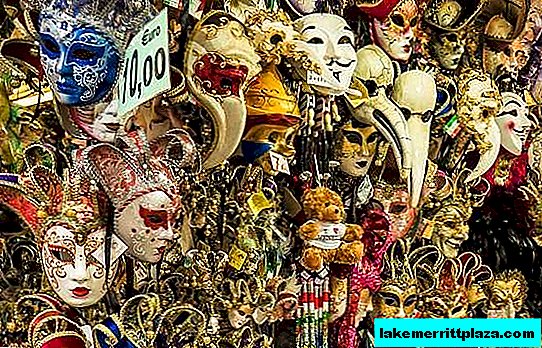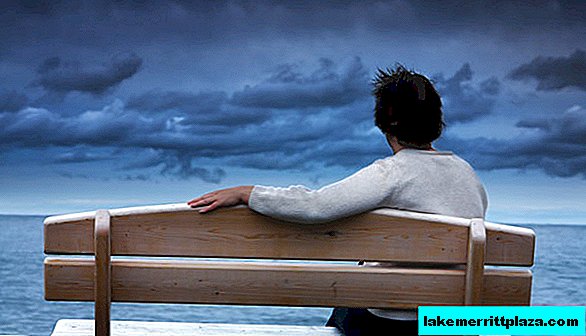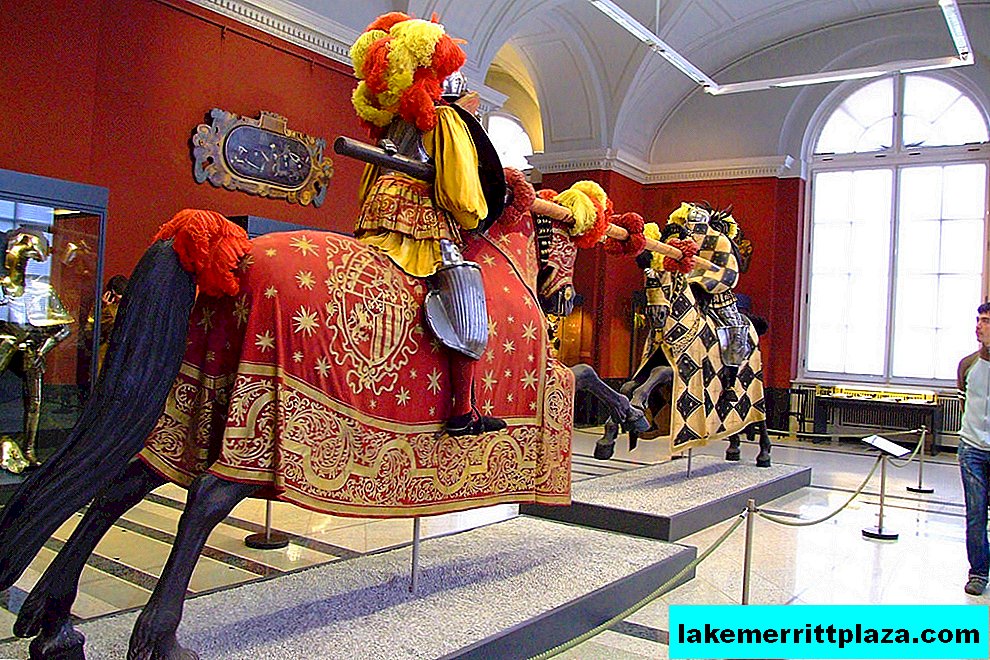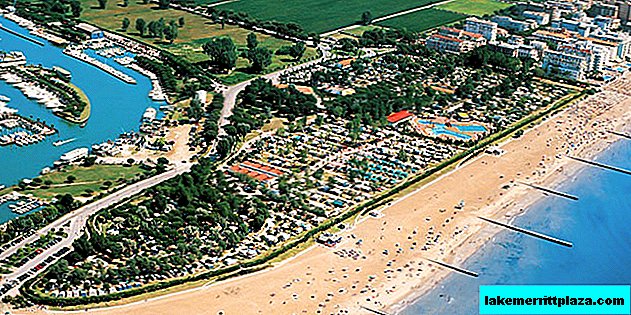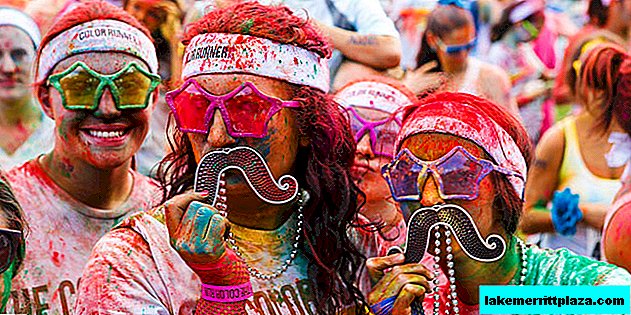Rome is rightly called the city of fountains. In the old days there were more than 800 fountains, of which only 280 have survived to this day. None of the European capitals can boast of such a quantity and luxury of sources as Rome. That is why BlogoItaliano decided to devote a separate post to the fountains of Rome in order to focus your attention on those that deserve special attention.
Most of the Roman fountains were created during the Baroque era. It was then that many sources of water were turned into real works of art. In addition, most fountains have one feature: the water flowing in them is so clean that even today the Romans themselves and guests of the Italian capital quench their thirst.
Traditionally, BlogoItaliano will describefountains of rome in reverse order - from the least interesting to the most popular and noteworthy.
8. Fountain Boat (Barkaccia)
On Piazza di Spagna - one of the most famous squares in Rome - at the foot of the Spanish Steps Barkaccia Fountain (longboat), created by the father of the famous Lorenzo Bernini, the famous architect Pietro Bernini in 1629.
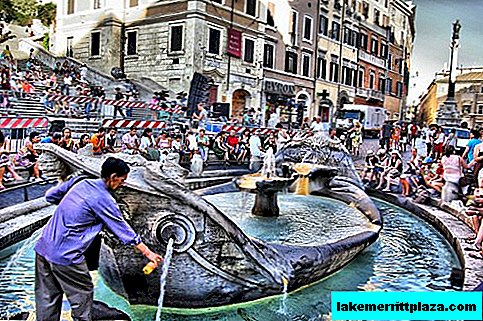
The Barkaccia Fountain is located at the foot of the Spanish Steps
Fountain Boat or, as the Italians lovingly call it, Barkaccia - was installed in memory of the flood that occurred in Rome in 1598, when the Tiber overflowed a part of the city. The fountain is made in the form of a sinking boat, in which water flows from damaged stern and bow.
The fountain is made in the Baroque style, which made it possible for local architects to turn ordinary sources of water into real masterpieces of art.
7. Turtle Fountain
Designed by architect Giacomo de Porta, the Turtle Fountain was installed on Mattei Square in 1588. Its main purpose, like many other Roman fountains, was to provide Roman residents with drinking water.
Turtle Fountain four bronze statues of naked youths adorn, each of which, leaning on the dolphin's head, tries to reach his hand to the bowl, which also originally contained other dolphins.
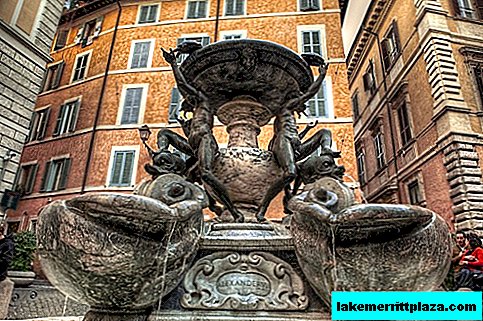
In the Fountain of turtles, initially there were no turtles at all
One hundred years after the opening of the fountain - during its reconstruction - dolphins were transferred to another fountain, and bronze turtles took their place. From dolphin mouths, water flows into marble sinks located on four sides of the square pool, and from there directly into the pool itself.
The fountain has always enjoyed great popularity among the Romans and guests of the city, it is often depicted by artists in their paintings. Turtle Fountain so beautiful that many mistake him for the creation of the hands of Michelangelo or Raphael.
6. The Bees Fountain
Performed by Lorenzo Bernini in 1644 and located close to Piazza Barberini, the Bees Fountain amazes with its ease and grace.
Bees Fountain It is an open sea shell located on the base of uncouth stones. Between its flaps, the architect placed three small bees that fill the sink with water. The name of the customer of the fountain - Pope Urban VIII - is inscribed by the master in the upper part of one of the shell flaps.

The fountain of bees was executed by the famous Lorenzo Bernini
In 2004, one mentally abnormal from Venice with a hammer damaged several Roman monuments, including, beat off the head of one of the bees in the fountain of the same name. Since the man turned out to be insane and could not be arrested, he was sent for treatment to a psychiatric clinic. But you won’t return the bee to this ...
5. Fountain Mollusk
The Fountain Naiad or Nymph - one of the most sensual fountains of Rome - is an important element of the architectural appearance of the Republic Square.
It was built by order of Pope Pius IX in 1870, and acquired its present form after the reconstruction carried out in 1901. Italian sculptor Mario Rutelli decorated Fountain Naiad four bronze nymphs symbolizing water elements.

Fountain Naiad adorns Republic Square
A naiad-lake sits on a swan, a naiad-river races dashingly on a river monster, an ocean naiad restrains a horse-sized seahorse, and a naiad of groundwater sits astride a dragon.
In the center of the Fountain’s bowl, in the battle with the dolphin, a bronze young man stood still - a sea deity with fins, a fish tail and gills. The whole composition symbolizes the victory of man over the natural element.
The continuation of the article with the four most interesting fountains of Rome is published here.
Useful articles about Rome
Photos by RaSeLaSeD - Il Pinguino, Stephen and Therese Jennings, pynomoscato, and mariocutroneo.

